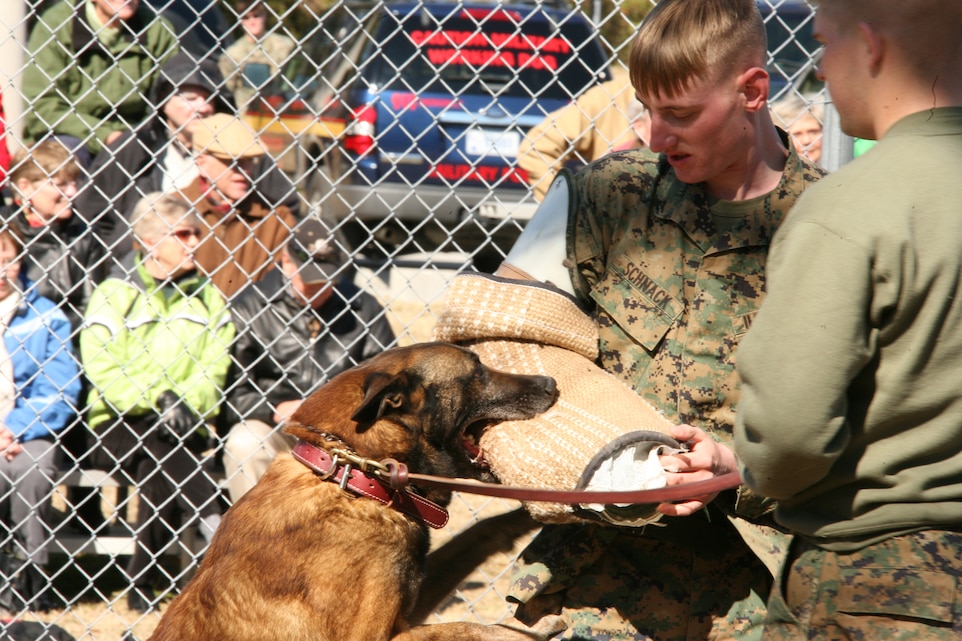

30 Army (.30-40) Krag-Jorgensens for this new rifle as early as 1908, which coincided with the year that saw the Corps’ interest increase in competitive marksmanship. Although Marines would not again have the opportunity to engage the enemy at such ranges as they had at Les Mares farm, they used their Springfield rifles to great effect until the Armistice on Nov. 30-’06-chambered Model of 1903 Springfield rifle. Waterhouse painting, Courtesy of the National Museum of the Marine Corpsįoremost in the Marine Corps’ arsenal was the.
#Fire dogs marine corps serial number#
Matej Kocak at Soissons, leading French Senegalese troops with his rifle (M1903 Springfield, serial number 576472.). After retiring, and at the urging of others, he re-energized this series, and produced numerous paintings, like this one of Sgt. Charles Waterhouse, USMCR, painted at least two “Medal of Honor” scenes for the former Marine Corps History and Museums Division. Just prior to his retirement in 1991, Col. The Marines fought these battles mostly with the same small arms and crew-served arms that were also being employed by the U.S.
#Fire dogs marine corps series#
The battle raged for weeks, and many more Marines died, until Belleau Wood was finally declared secure-but this was only the first of a series of five major battles that Marines fought on the Western Front in France during the following six months. More Marines lost their lives on that day than had died in combat during the preceding 120 years of the Marine Corps’ existence. The next day, June 6, 1918, long lines of Marines charged into the fire from spitting muzzles of German Maxim machine guns, as the Battle of Belleau Wood began. Thomason, one of the most famous chroniclers of the Marine Corps, described the action: “Already, around Hautevesnes, there had been a brush with advancing Germans, and the Germans were given a new experience: rifle-fire that begins to kill at 800 yards they found it very interesting.” of the Marines’ position, and this was the closest point that the German army ever came to Paris during World War I.Īs Col. The attacking Germans never made it to within 200 yds. When the long line of Germans came to a point hundreds of yards away, the Marines opened up on them and kept on firing, until the repeated German assaults were broken, and the enemy retreated. The Marines of the 2nd Battalion, 5th Marine Regiment, lying in the grass at Les Mares farm, carefully adjusted the sliding apertures on their rear sights and dialed in the windage estimations on their Model of 1903 Springfield rifles, while laying out five-round stripper clips of. The eagle, globe and anchor insignia that some Marines wore on their helmets denotes them as “Devil Dogs”- a translation of “Teufelhunden” (or, more correctly, “Teufelshunde”), the sobriquet bestowed on them by their German adversaries, according to Marine Corps lore.Īs the figures in field-gray uniforms emerged from the woods, formed up in ranks in the field of ripening wheat and began their assault across the field, raspy-throated sergeants, nearly a half-mile away, barked out sight adjustment details to the prone riflemen in forest-green and olive-drab uniforms spread out in front of them on the small ridge. Marines carried their newly issued M1918 Browning Automatic Rifles during their assault across the Meuse River on the last night of the war, Nov.


 0 kommentar(er)
0 kommentar(er)
